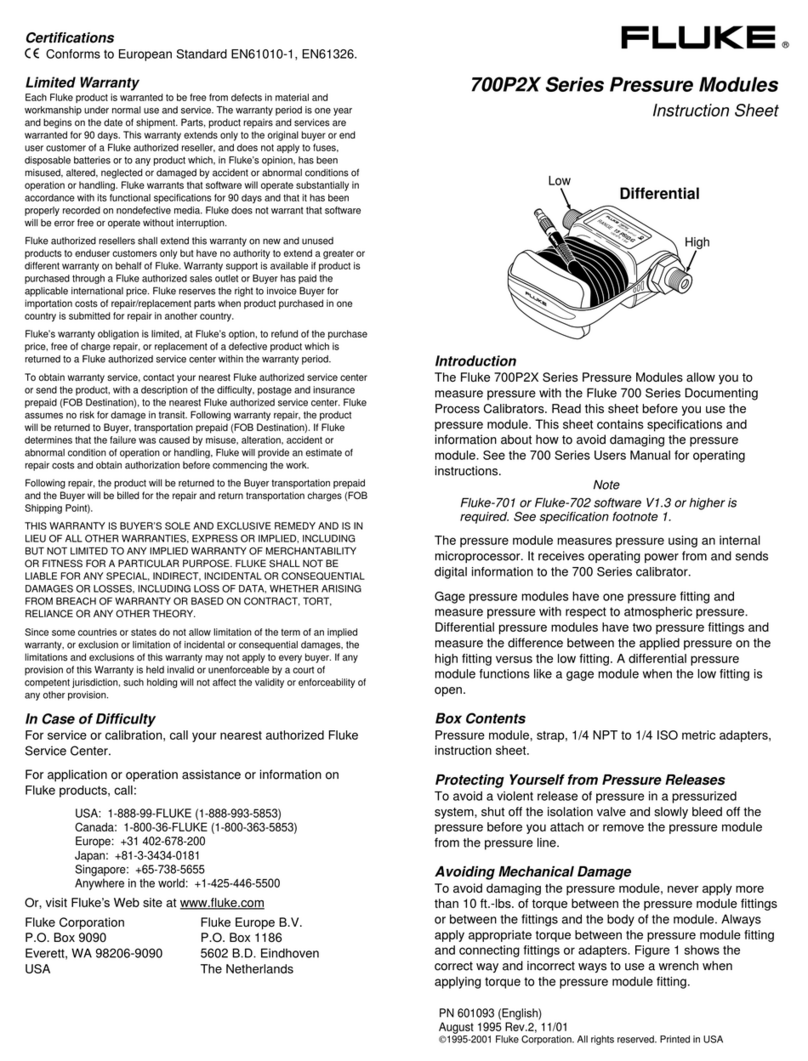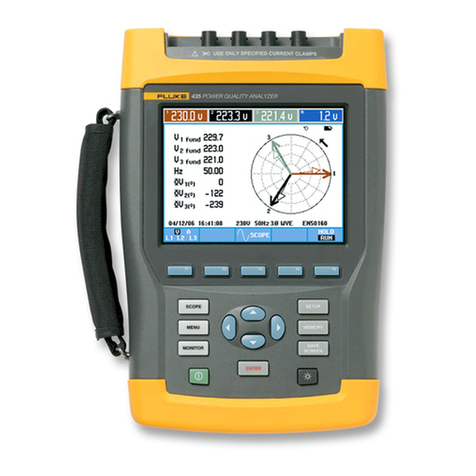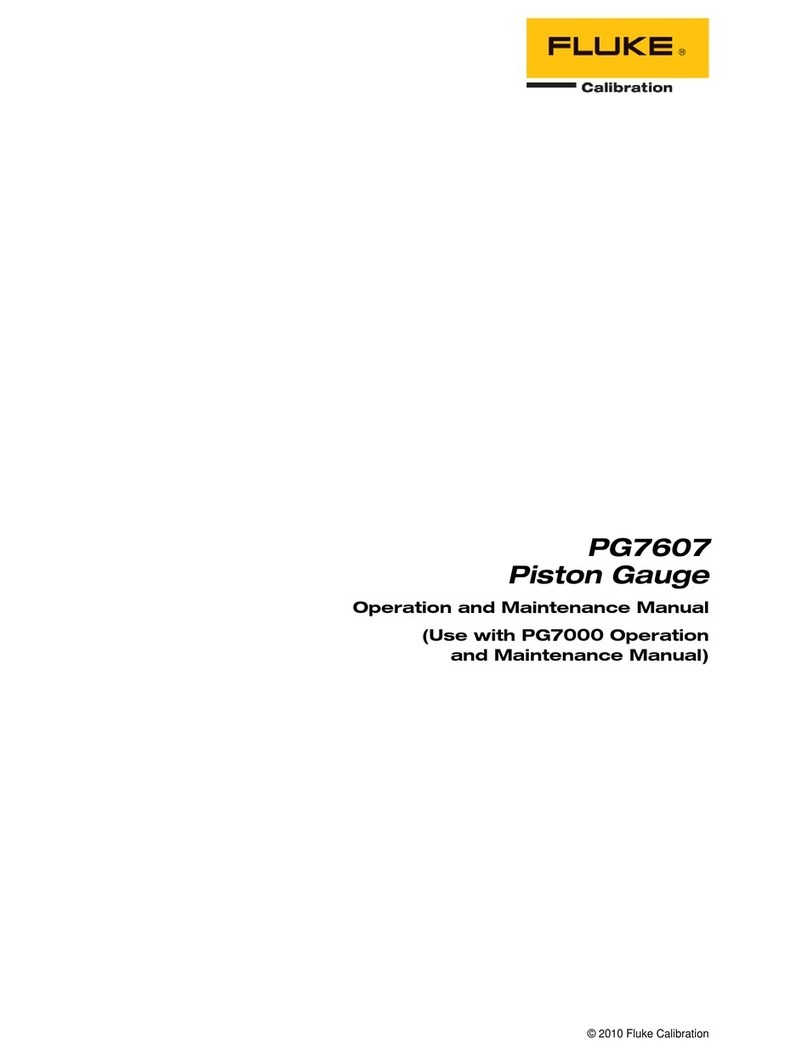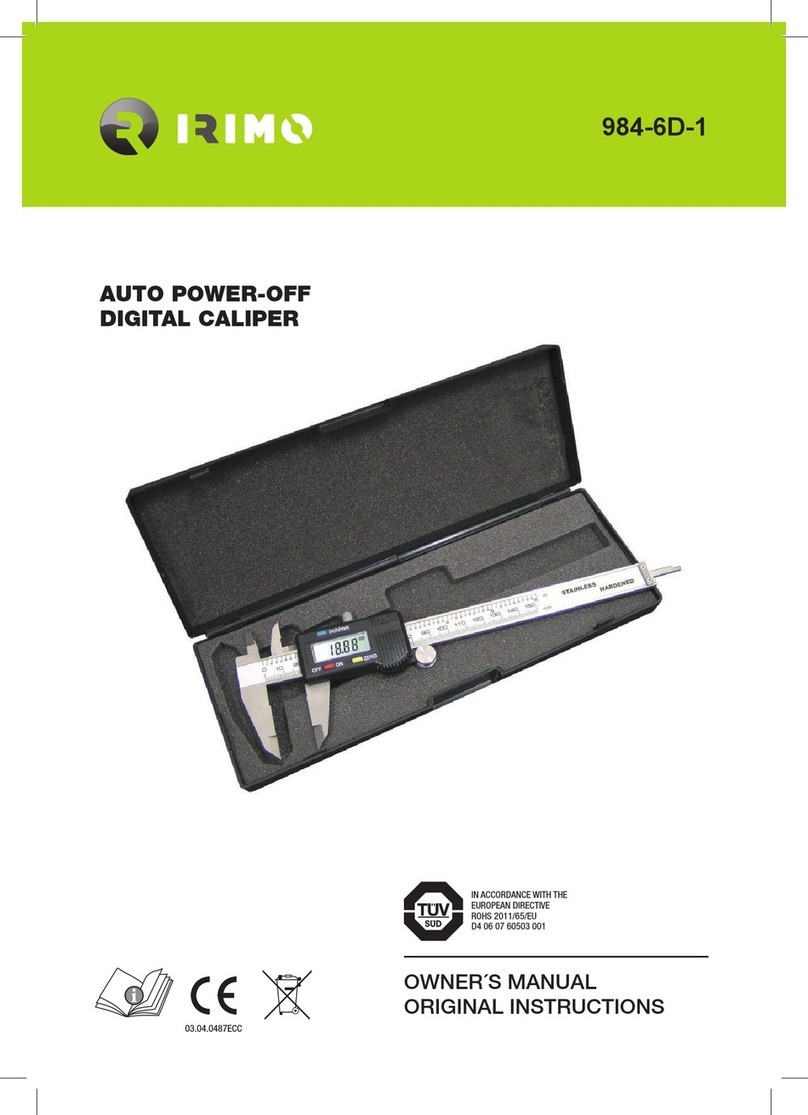Fluke FIBER OneShot User manual
Other Fluke Measuring Instrument manuals
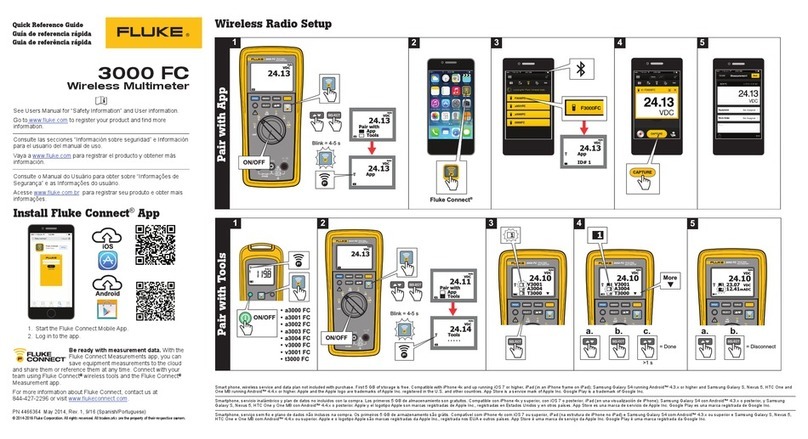
Fluke
Fluke 3000 FC User manual

Fluke
Fluke i430-Flexi-TF-II User manual
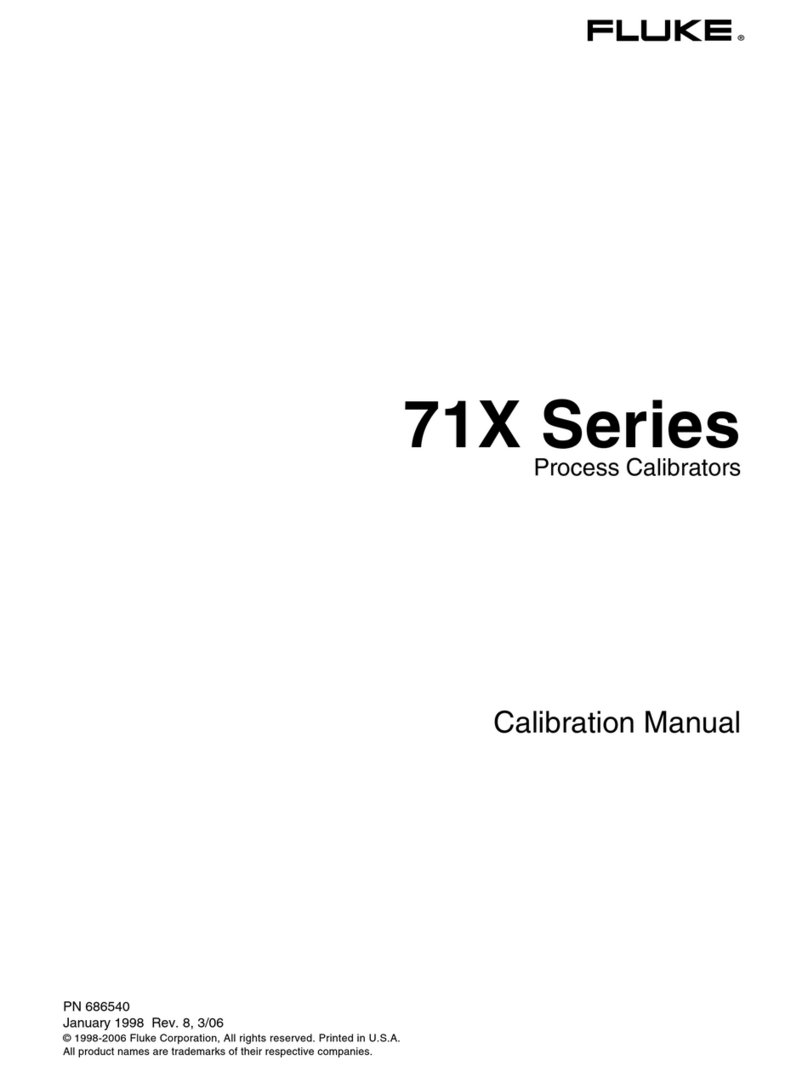
Fluke
Fluke 712 Use and care manual
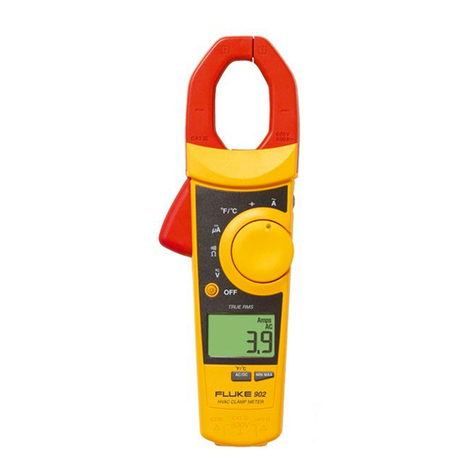
Fluke
Fluke 902 User manual

Fluke
Fluke 301A Use and care manual

Fluke
Fluke ScopeMeter 123B Operating instructions
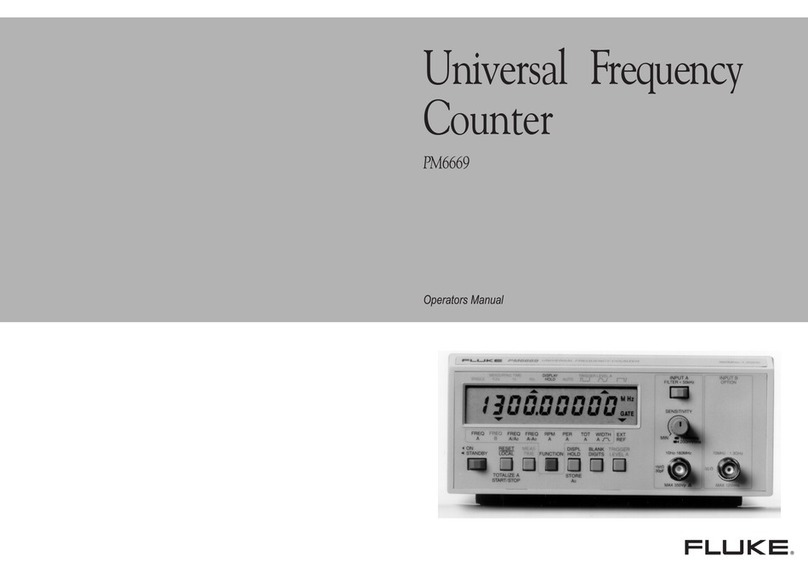
Fluke
Fluke PM6669 User manual
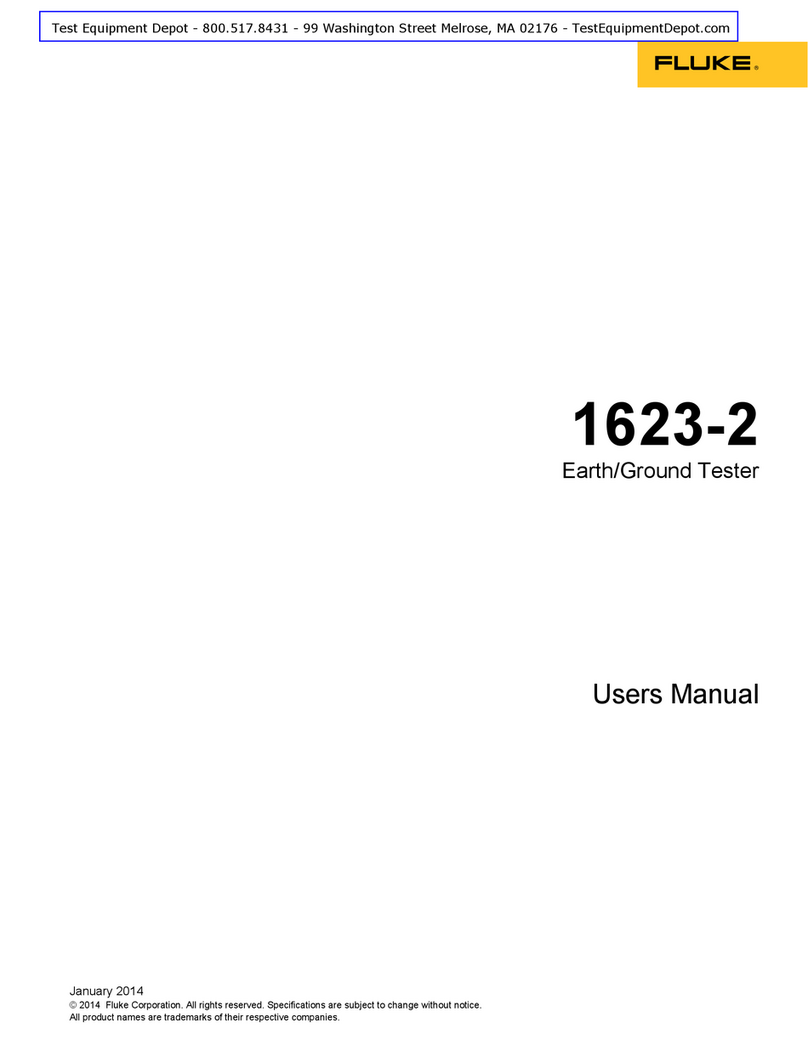
Fluke
Fluke 1623-2 User manual
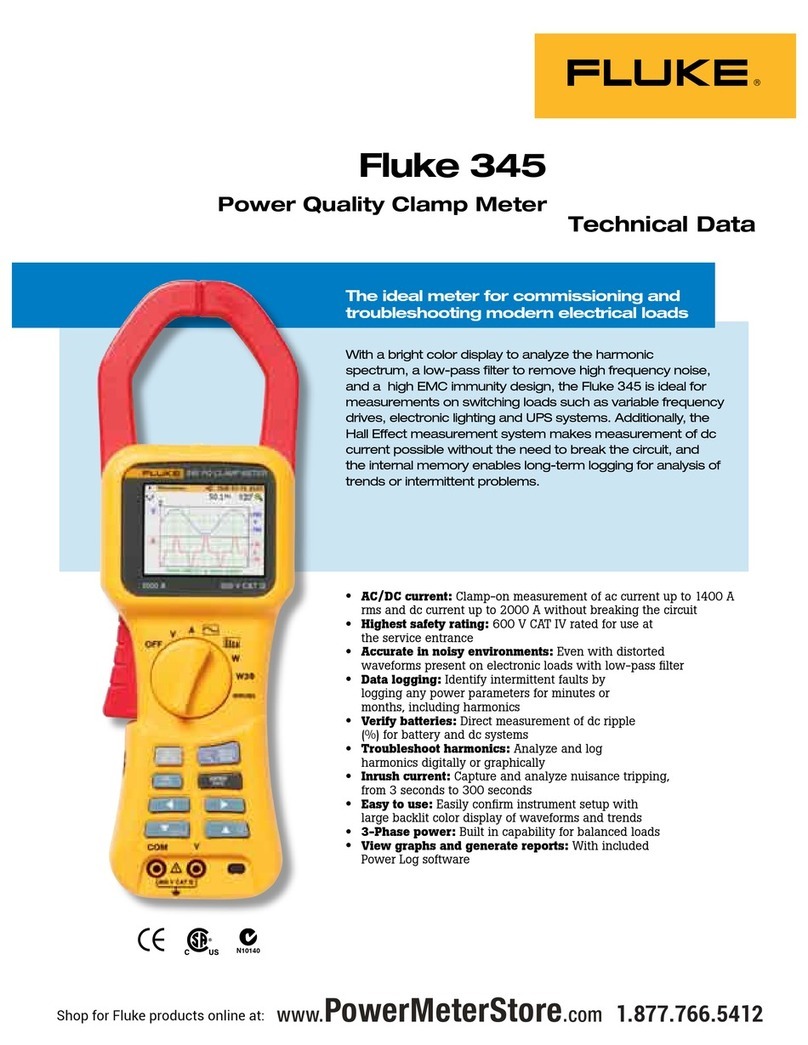
Fluke
Fluke 345 Instruction manual
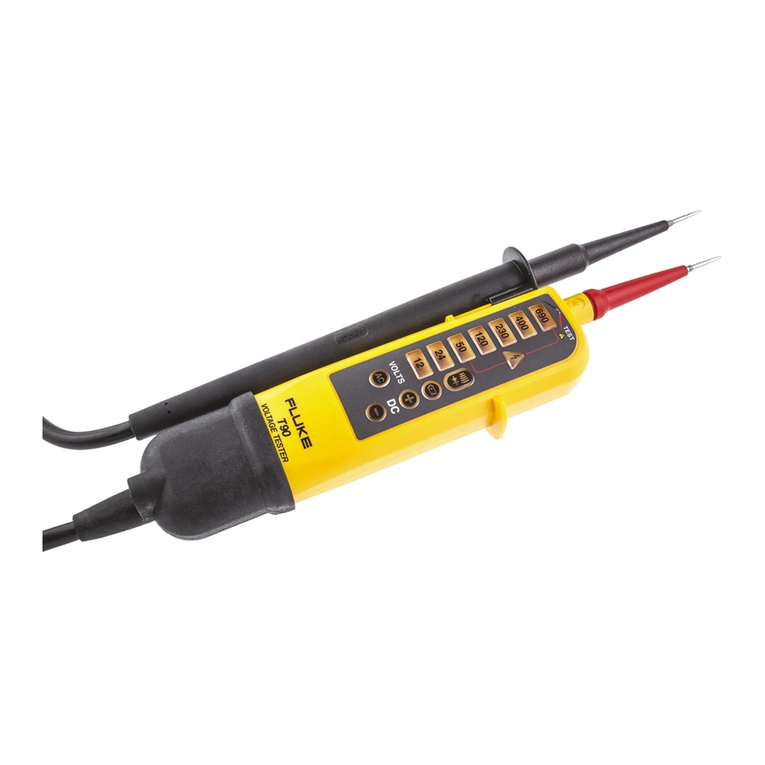
Fluke
Fluke T90 User manual

Fluke
Fluke 323 User manual
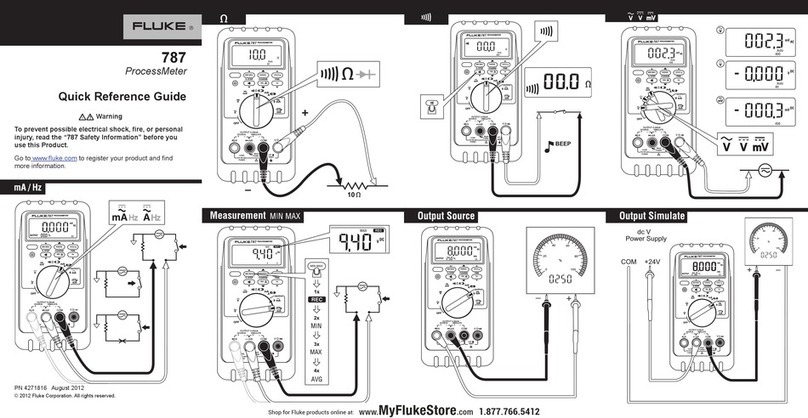
Fluke
Fluke ProcessMeter 787 User manual

Fluke
Fluke 1742 Configuration guide
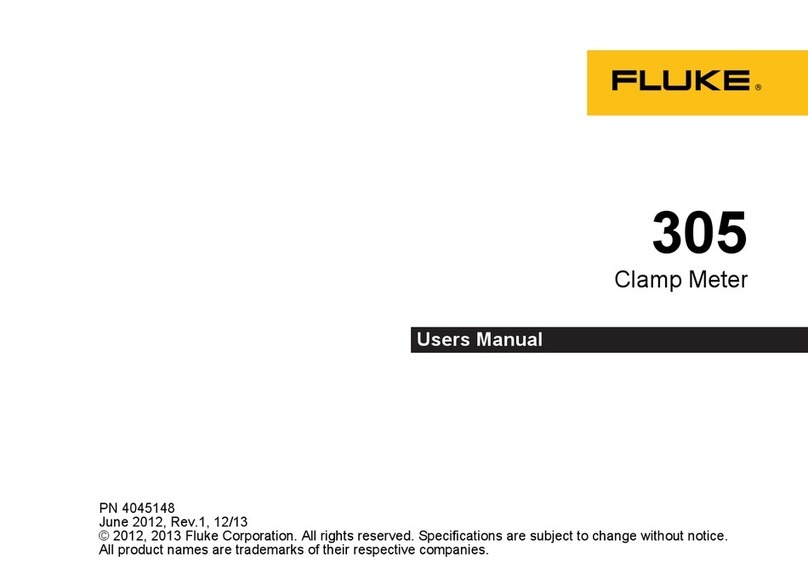
Fluke
Fluke 305 User manual
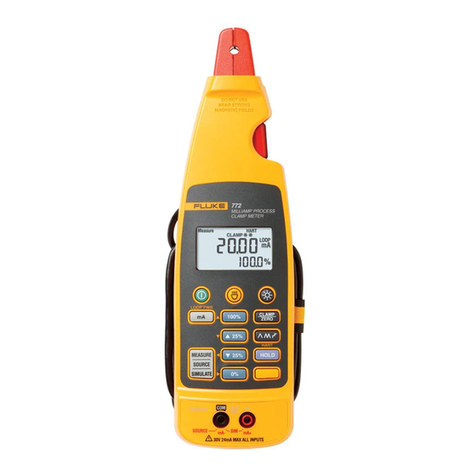
Fluke
Fluke 772 User manual
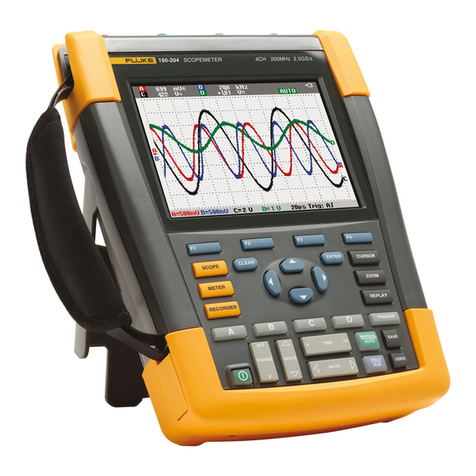
Fluke
Fluke ScopeMeter 190-104 User manual
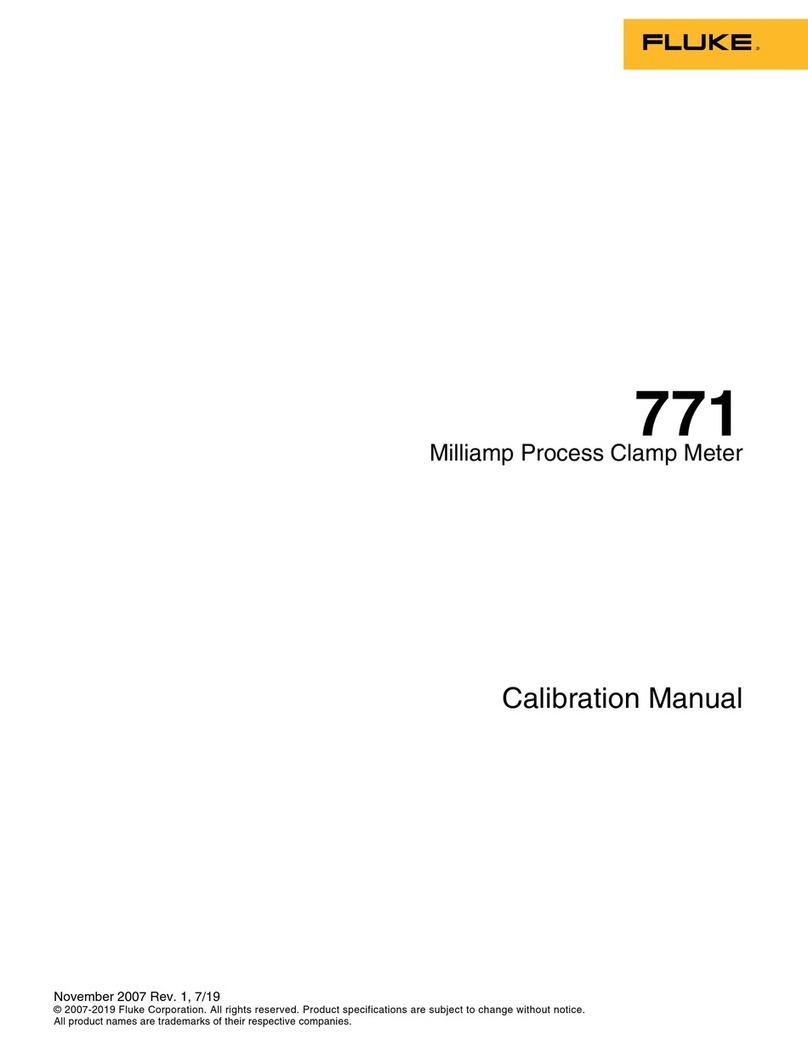
Fluke
Fluke 771 Use and care manual
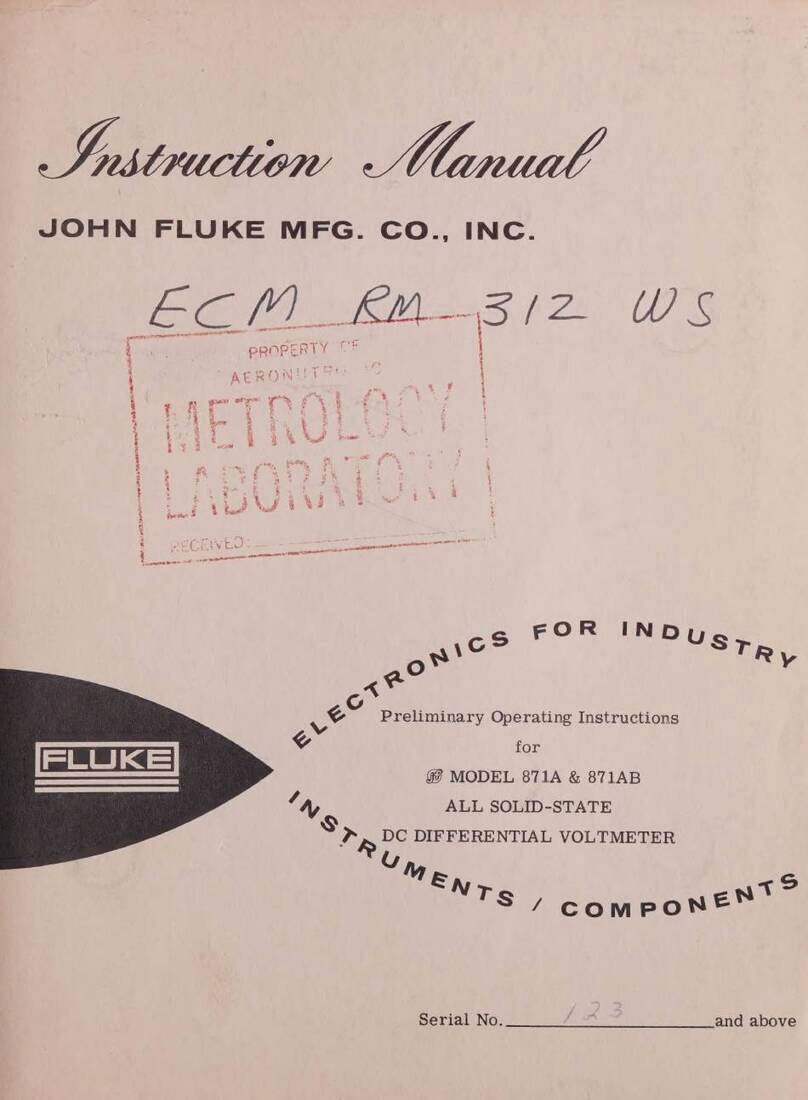
Fluke
Fluke 871A Operating instructions
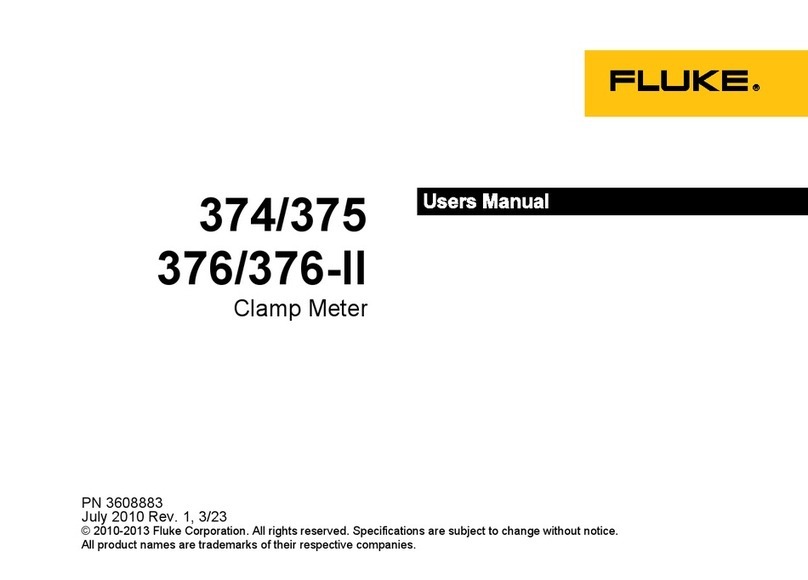
Fluke
Fluke 374 User manual

Fluke
Fluke 789 User manual
Popular Measuring Instrument manuals by other brands

Powerfix Profi
Powerfix Profi 278296 Operation and safety notes

Test Equipment Depot
Test Equipment Depot GVT-427B user manual

Fieldpiece
Fieldpiece ACH Operator's manual

FLYSURFER
FLYSURFER VIRON3 user manual

GMW
GMW TG uni 1 operating manual

Downeaster
Downeaster Wind & Weather Medallion Series instruction manual

Hanna Instruments
Hanna Instruments HI96725C instruction manual

Nokeval
Nokeval KMR260 quick guide

HOKUYO AUTOMATIC
HOKUYO AUTOMATIC UBG-05LN instruction manual

Test Products International
Test Products International SP565 user manual

General Sleep
General Sleep Zmachine Insight+ DT-200 Service manual

Sensa Core
Sensa Core Lacto Spark user manual

